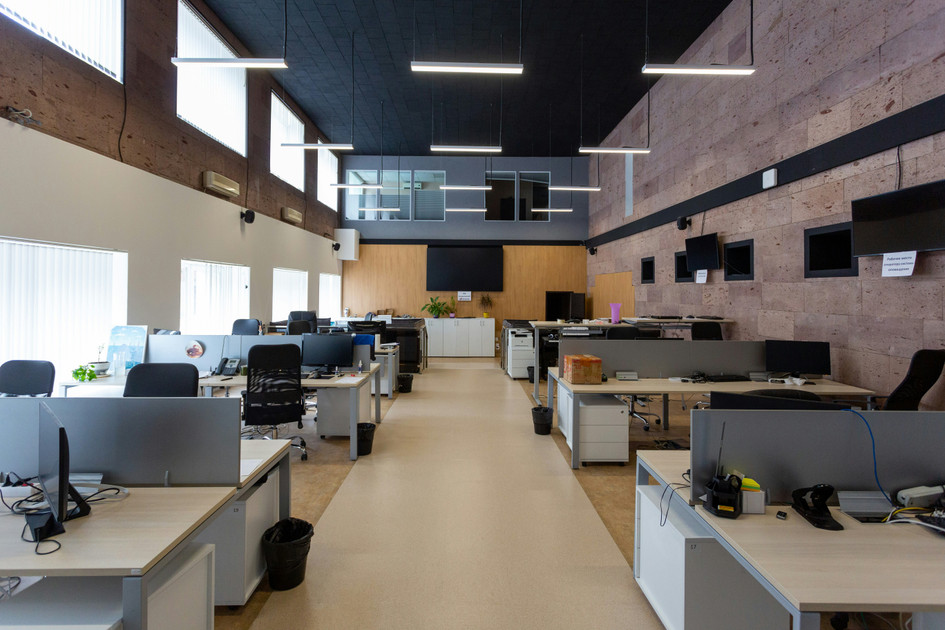143. Understanding the Impact of Tariffs on LED Lighting Costs in 2025
By Dani Thomason • Jun 17, 2025
The landscape of global trade continues to shift, and nowhere is the impact more evident than in the LED lighting industry. For manufacturers, distributors, and customers alike, the cost of LED lighting products in the United States is being heavily influenced by a complex and evolving tariff environment.
At OEO Energy Solutions, we believe it’s critical to keep our customers informed, especially when market conditions affect both pricing and availability. Here's what you need to know about how current tariffs are shaping the cost of LED lighting in 2025, and what we're doing to stay ahead.
Where U.S. Lighting Brands Source Their Products
Almost all lighting brands in the United States, regardless of size, source components or finished products from China and neighboring East Asian countries like Vietnam, Cambodia, Thailand, and Malaysia. This supply chain model has long been the foundation of affordable LED lighting manufacturing, balancing cost, efficiency, and production capacity.
However, as of 2025, this long-standing structure is being disrupted by sweeping changes to U.S. import tariffs.
Trump 2.0 Tariff Rates: What’s Changing
Since the latest administration took office, tariff rates on lighting products have changed frequently and sometimes drastically. The reimplementation and escalation of what some are calling "Trump 2.0" tariffs have sent ripple effects through every corner of the lighting industry.
Tariffs on imports from China have reached as high as 145%, while reciprocal tariffs on other Asian countries are poised to rise as high as 49%. Currently, a temporary reprieve has reduced China’s tariff rate to an estimated 35%, with reciprocal tariffs from other countries set around 10% through mid-July. But these rates are far from guaranteed.
What happens after that? No one knows for sure. If no new agreements are reached, rates on lighting products from non-China sources could jump back up to reciprocal tariff levels as high as 49%, adding serious strain to already fragile supply chains.
How These Tariffs Affect Lighting Prices
The most immediate and tangible impact of these shifting tariffs is on landed costs. That is, the total cost of getting a product from the manufacturing facility to a U.S. warehouse, including shipping, duties, and taxes.
No matter where lighting brands are sourcing their products, tariffs are adding substantial costs across the board. And while some companies have tried to absorb part of these increases, the economics simply don’t work in the long term.
The reality? Higher LED lighting prices are being passed on to the end customer.
Uncertainty Complicates Business Planning
Perhaps the most disruptive effect of the current tariff situation isn’t just the cost, it’s the uncertainty. Rates are shifting not just monthly, but in some cases weekly or even daily. For procurement and operations teams, this has created a nearly impossible environment for inventory planning, price forecasting, and long-term decision-making.
How can businesses confidently order, stock, or install lighting products when they have no reliable sense of what the cost will be when the shipment clears customs? The everchanging nature of these tariffs has frozen many companies in place, unable to plan effectively for the quarters ahead.
Mexico: A New Sourcing Alternative
One area of emerging potential is Mexico. As tariff rates have surged on products from Asia, Mexico has become an increasingly viable alternative for U.S. companies looking to source or assemble LED lighting closer to home.
Mexico offers the advantage of proximity, reducing shipping time and transportation costs. In addition, imports from Mexico are potentially subject to lower tariff rates, depending on ongoing trade agreements. However, it’s worth noting that manufacturing costs in Mexico are typically higher than in Asia, which can impact final pricing.
Still, for many U.S. brands, diversifying their supplier base to include Mexico is a strategic move to hedge against the volatility in Asian import tariffs.
How OEO Is Responding
At OEO, we anticipated many of these challenges before they hit the mainstream. Thanks to strong supplier relationships and careful inventory planning, we entered 2025 in a solid position, fully stocked and strategically aligned with a broader range of manufacturing partners.
We’ve taken deliberate steps to reduce our reliance on Chinese suppliers, working with alternative manufacturers in countries like Mexico and other non-tariff-heavy regions. This has allowed us to continue offering high-quality lighting products without the dramatic price hikes seen across much of the industry.
What does this mean for you? It means that while competitors scramble to adapt, OEO is able to provide lighting solutions at lower costs, without compromising quality or performance.
What the Future Holds
Right now, the situation is fluid. With the temporary reciprocal tariff pauses in place and ongoing negotiations behind closed doors, the story is still being written. Rates may drop, stay where they are, or spike again, depending on the political and economic decisions yet to be made.
What we do know is this: Lighting costs have increased for everyone. But OEO remains committed to being your reliable, transparent partner through it all. Our goal is not just to sell lighting products, but to help you navigate this uncertainty with confidence.
Final Thoughts on Tariffs and LED Lighting
In an industry where pricing can shift with a single policy announcement, it's more important than ever to work with a lighting partner that stays ahead of the curve. At OEO, we’re watching this evolving tariff landscape closely, adapting where needed, and passing the benefits of our strategic positioning directly on to you.
If you're planning an upgrade, expansion, or new project, we’re here to help you make the most informed, cost-effective decisions, no matter what changes lie ahead. Contact our team today to get started on your LED lighting upgrade.
